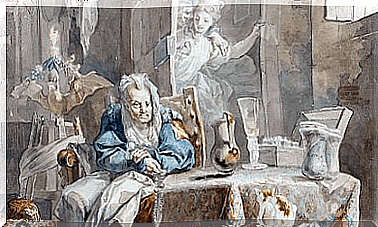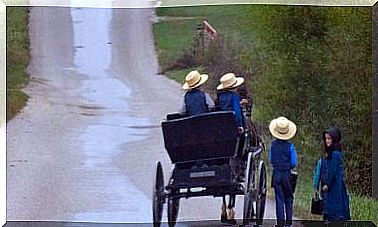Víctor Leborgne, A Clinical Case That Changed Neurosciences
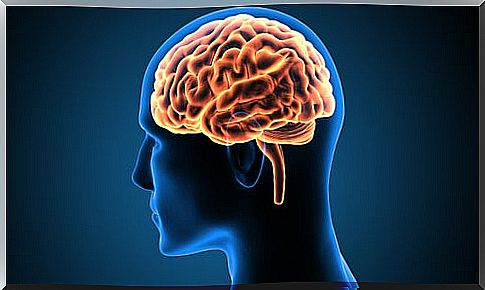
Victor Leborgne’s brain is probably the most studied in the history of neuroscience. Currently, it is kept in the Dupuytren Museum of Pathological Anatomy in Paris and has been examined thousands of times. However, until just a few years ago very little was known about this man, to whom we owe important scientific findings.
Victor Leborgne’s brain has been in the Museum for over a century. Thanks to him, science was able to identify the area that controls language. It is not even known that he has authorized this donation to science. The truth is that we owe him a lot. His sufferings lit the way for medicine.
Cezary W. Domanski, a psychologist and historian of science at the Marie Curie University of Sklodowska in Poland, decided to investigate the story of Victor Leborgne. Until he began to inquire, only this patient’s last name was known, but there was no notion of what his story was.
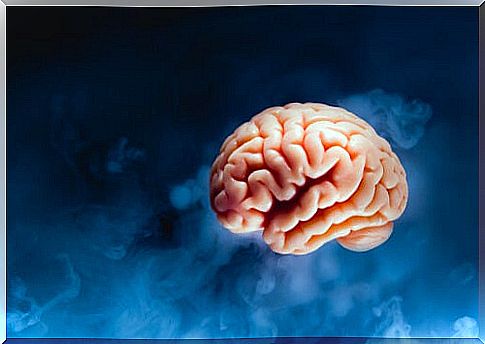
The beliefs of the time
The Victor Leborgne case was presented in 1861 by Dr. Paul Broca . He did it before the Society of Anthropology in Paris. It was a major neurological finding. The doctor had managed to pinpoint the region of the brain on which language depended. Since then, this area has been known as the Broca area.
Broca was not the first to point out that language probably originated in the frontal lobe. However, at that time, the majority opinion was that mental functions originated in the hollow cavities of the brain. It was believed that the cerebral cortex was nothing more than a shell made of blood vessels and tissues, with little greater function.
The brain that he used to test his theory belonged to a man Broca called simply Mr. Leborgne. It is not clear why he did this, as there were no reservations about patient data at the time. It was only known that he was a man who had lost his speech.
The recovered story of Víctor Leborgne
Domanski, the Polish historian, began his investigations in Paris. He managed to obtain the death certificate of a man named Victor Leborgne, which coincided with the dates on which Dr. Broca made his famous presentation. From then on he was able to reconstruct the details of the story.
Victor Leborgne was born on July 21, 1820, in Moret-sur-Loing, a region of France. His father had been a schoolmaster named Pierre Leborgne and his mother, a humble woman named Margueritte Savard. The couple had six children and Victor was the fourth of them.
From a very young age, Leborgne had begun to suffer seizures of epilepsy. Despite this, Victor led a relatively normal life. He was educated as a formier , a type of craftsman who made wooden molds for shoemakers. Tanneries abounded in their region of origin and shoemaking was a very common trade.
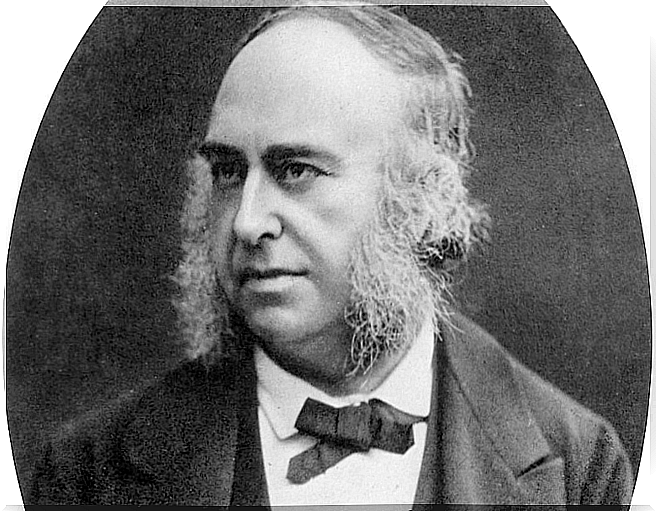
Loss of speech and discovery
Everything indicates that Leborgne began to present increasingly continuous and severe epilepsy attacks. At age 30, he had a very strong attack, which left him speechless. Thus he arrived at the hospital in Bicetre, two months after losing his speech. There he remained for the next 21 years of his life, until he died.
In principle, Victor Leborgne did not present any other problem besides his inability to speak. Apparently he understood everything that was said to him, but when he wanted to speak he only exclaimed the syllable “Tan”. Today it is believed that this was reminiscent of the tannery workshops, which in French were called moulin à tan .
After about 10 years, Leborgne began to show signs of deterioration. His right arm and leg weakened. Then he began to lose his vision and cognitive faculties. His depression had led him to stay in bed for several years and he also suffered from gangrene. It was then that he was referred to Dr. Broca.
When Victor Leborgne died, Broca did an autopsy and found the abnormality in the frontal lobe. This allowed him to test his hypothesis and changed the neurosciences forever. Humanity owes a lot to that man who suffered limitations for 21 years in a hospital and whose name he had forgotten.





